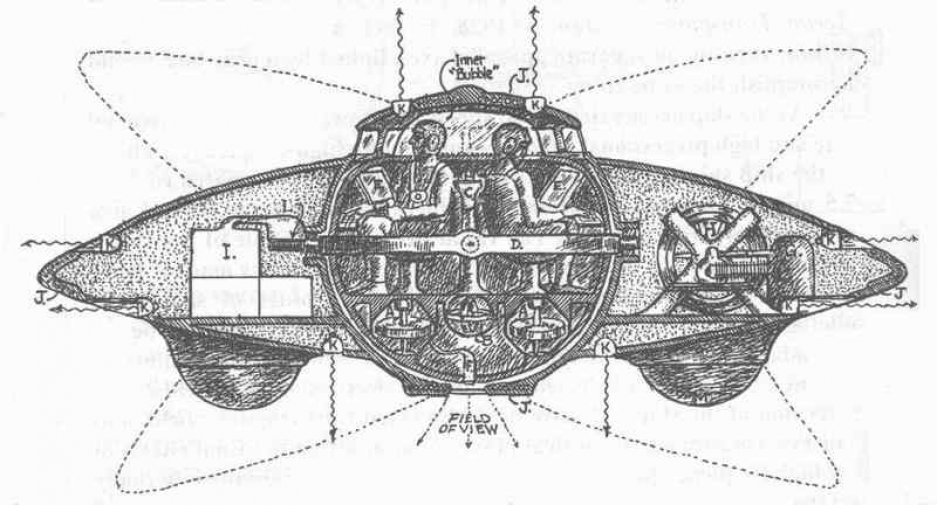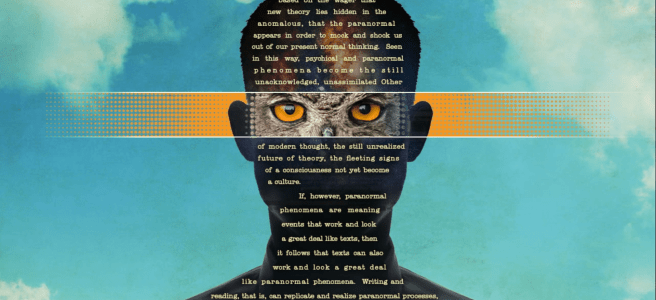With this commentary on Diana Pasulka’s plenary talk I write my final post on the Archives of the Impossible Conference. You can read my take on Jeffrey Kripal’s opening remarks and Jacques Vallée’s keynote address here and my reflections on Whitley Strieber’s talk here.
Diana Pasulka’s talk was meagre, for anyone already familiar with her American Cosmic and who has followed her career since, being, as it was, an overview of precisely this work, helpfully bringing it into focus in a way that contextualizes her present research.
She began with a resumé of the years 2017 to 2021, punctuated by her submitting American Cosmic to Oxford University Press and the U.S. government’s official confirmation of the reality of UAP, prepared for by, first, the 2017’s New York Time articles, then growing media interest. In the context of this most recent official confirmation of the reality of the phenomenon, she spotlights “the visible college” of researchers—Jeffrey Kripal, Brenda Denzler, Gary Nolan (“James” in American Cosmic), Karla Turner, Jacques Vallée, Whitley Strieber, and Greg Bishop, among others—before dovetailing to the main topic of her lecture.
The mention of a visible college leads easily to a discussion of the “Invisible College”, in both senses: of that one described in American Cosmic and that other, historical forerunner that inspired J. Allen Hynek to recoin the expression that Jacques Vallée later used as a book title. This original college, exoterically understood to refer to what became the Royal Society, Pasulka links to Renaissance esotericism, claiming that some members of this original Invisible College were initiates of the Rosicrucian order. (The fuzzy way this claim is made and developed—characteristic of Pasulka’s discourse—leaves one wondering if she had consulted Frances Yates’ authoritative The Rosicrucian Enlightenment…).
This introduction of esotericism brings us to the heart of her talk, the contention that some researches, particularly in the fields of science, technology, engineering, and mathematics, such as the late Kary Mullis, American Cosmic‘s “Tyler”, and Jack Parsons, all used or use various esoteric practices to which they attribute their ideas, discoveries, and breakthroughs, said practices being a means whereby they access some nonlocal realm of pre-existing knowledge, comparable to the Akashic Records of Theosophy. Pasulka, somewhat frustratingly, offers no formal example of what these practices might be, but adds that corollaries include entheogens (as proposed by Aldous Huxley), and, most importantly, technology, the focus of her latest research, including the figure of Iya Whiteley.
That Pasulka’s research has revealed a kind of spontaneous, shared spiritual practice and perhaps family of beliefs among the STEM elite is surely curious and a promising vein of research for a religious studies scholar. What is frustrating is Pasulka’s methodological tact. As a scholar of religion, like the ethnologist, one does not judge the subjects of one’s study, but Pasulka often leaves one with the impression that she has, as they used to say, “gone native”, that she actually shares the beliefs of those she studies. As frustrating, and perhaps not unrelated, is her not presenting either a history of these ideas or competing hypotheses. For instance, speculations concerning the reality of the known go back to the philosophy of mathematics at the turn of the century, when the question of the nature of the certainty of mathematics split thinkers between those who attributed it to mathematics’ being a purely syntactic system and those who posited that numbers were “real”, in the manner of Platonic Forms. Given that she is studying what more mundanely might be termed a species of the scientific, creative method, the means whereby scientists come up with ideas (a famous example is the dream that led to the discovery of the form of the benzene molecule), one might rightly wonder what other historians and philosophers of science might have to say on the matter.
For my part, I am struck by a kind of naive “romanticism” in this fascination with the figure of the scientist-as-hero, as if scientific discovery is the work of lone genii, apart from the society that underwrites their lives and research as a necessary condition, and independent of the arduous labour of actual, often fruitless research and subsequent confirmation of experimental findings. As unquestionably interesting as Pasulka’s subject of research is, once it’s scrutinized in this more thorough-going, comprehensive manner, its significance for, at least, the history and philosophy of science is acutely contextualized. And such considerations are apart from the more pressing matter of the need to reflect on the way technoscience frames its object (as Heidegger reminds us in his Essay Concerning Technology), an urgent question in the midst of an ecological crisis and under the cloud of the threat of nuclear war….


7 thoughts on “Zooming in on the Archives of the Impossible Conference: Day Three (5 March 2022): Diana Pasulka, “Mathematicians and Artists: The New Sites of UAP Field Research, or ‘Toto, We’re Not in New Mexico Anymore’””